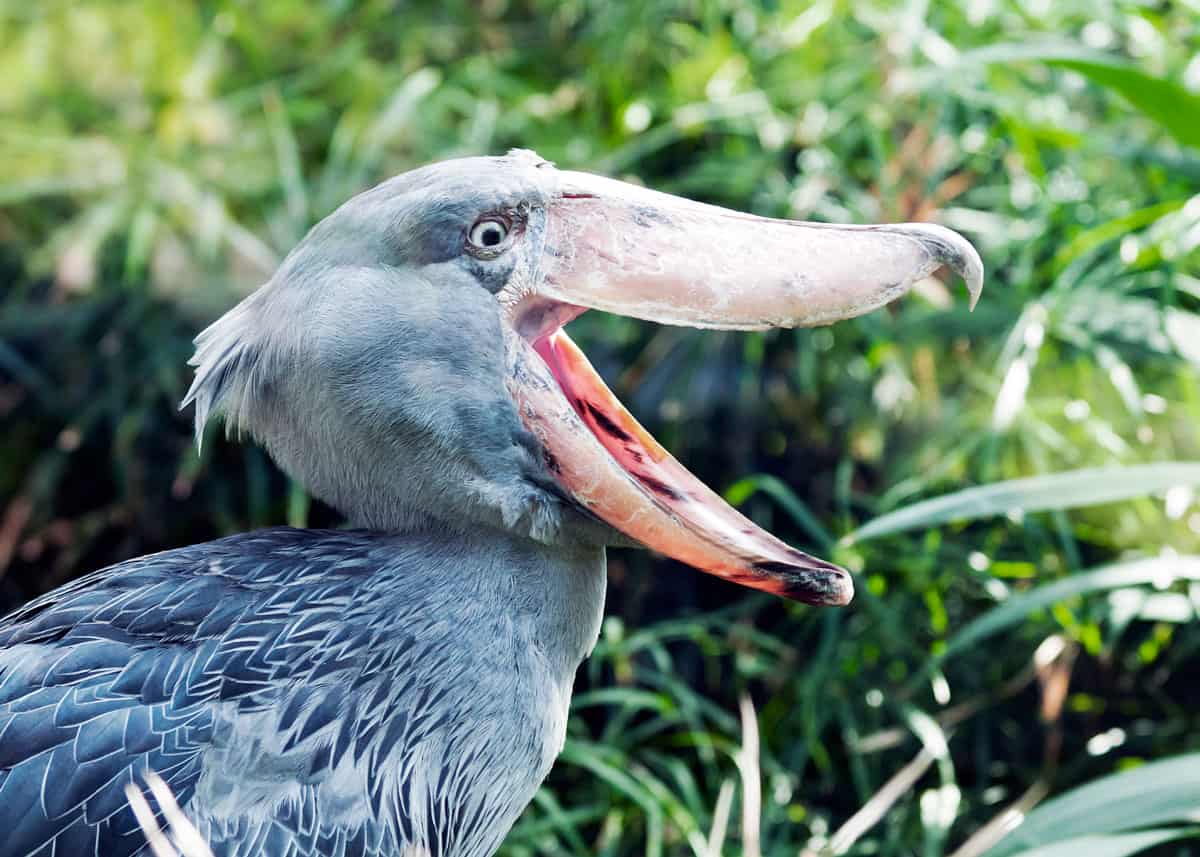
Shoebill stork call westcamping
The Shoebill stork (Balaeniceps rex) is a from the family of stork (Balaenicipitidae). Summary Species name Dutch name: Schoenbekooievaar English name: Shoebill stork German name: Schuhschnabel French name: Bec-en-sabot du Nil Scientific name: Balaeniceps rex Scientific classification Order: Pelecaniformes Family: Balaenicipitidae Genus:
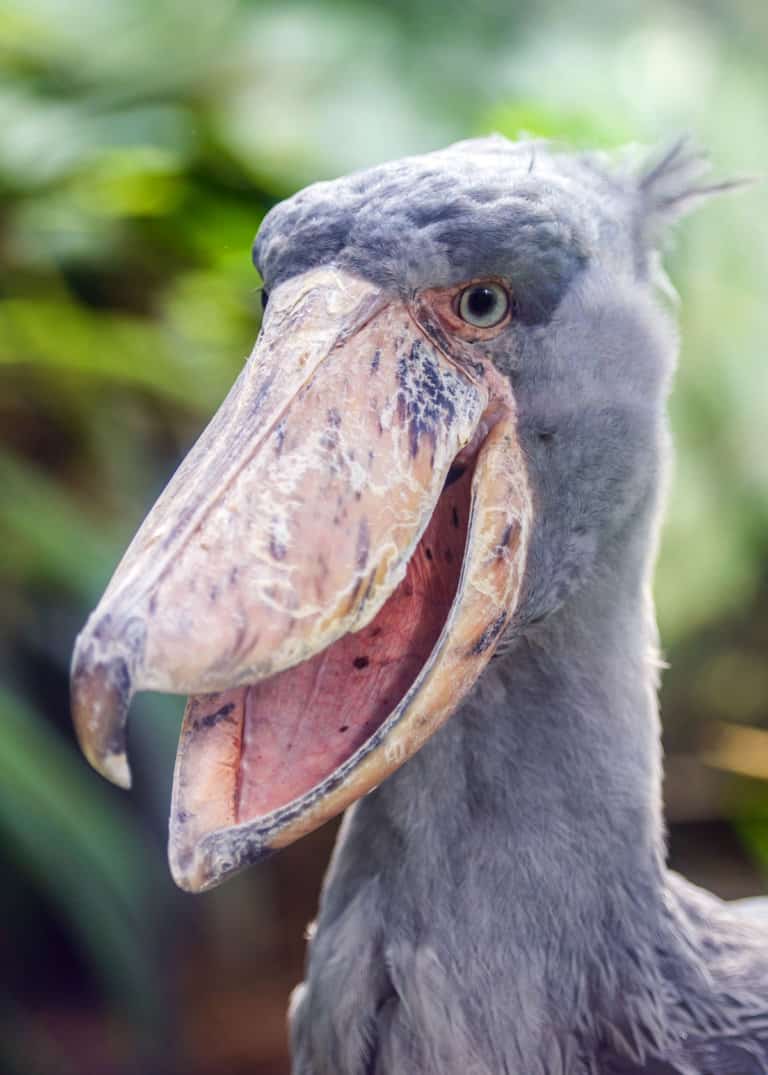
38 Shoebill Stork Facts (Yes, They're Real!) Balaeniceps rex
The shoebill is a remarkable and iconic bird species native to the marshes, swamps, and wetlands of tropical East Africa, predominantly found in countries such as Sudan, South Sudan, Uganda, Zambia, and parts of Congo. This enigmatic bird has captured the fascination of people across cultures, giving rise to both myths and scientific intrigue.
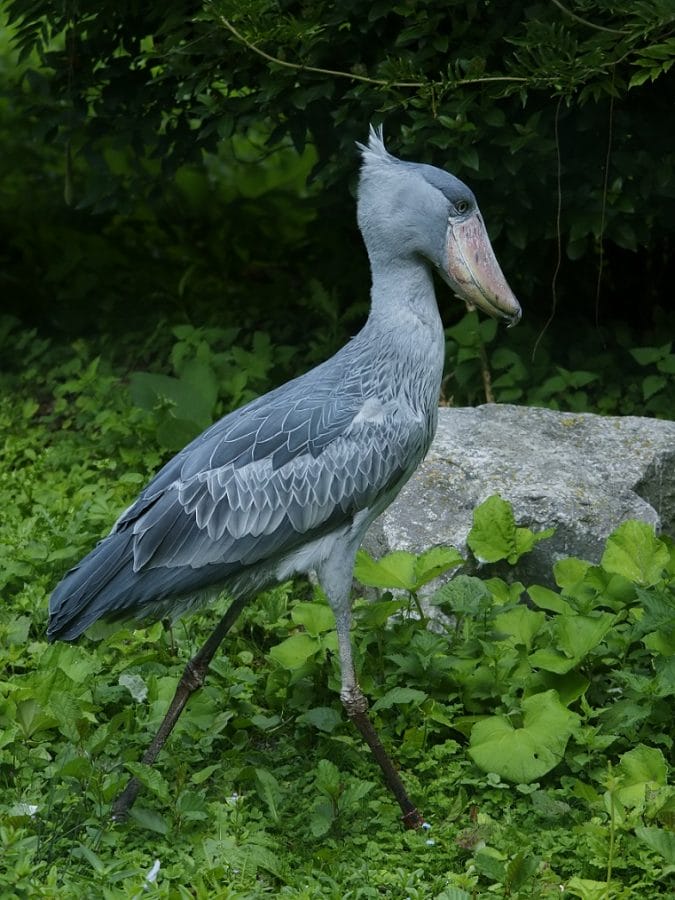
Shoebill Stork Facts, Size, Sound, Habitat, Pictures
The shoebill stork, scientifically known as Balaeniceps rex, is a fascinating and enigmatic bird species inhabiting tropical Africa's swamps and wetlands. This genus name is derived from two Greek words: balaena, meaning whale, and ceps, meaning head. It refers to the bird's whale-like bill, one of its most distinctive features.

Shoebill stork call goalpoliz
Here are some more surprising facts. 1. Shoebill storks could win staring contests. Shoebills live in the vast wetlands of the Nile watershed in eastern Africa. You really can't mistake them for.

Where Do Shoebill Storks Live? (Habitat + Distribution) Birdfact
The shoebill stork is most common amongst the freshwater papyrus swamps of South Sudan in east-central Africa. They also live in the marshlands of northern Uganda, western Tanzania, northern Zambia, and the Democratic Republic of the Congo. Where is the best place to see a shoebill stork?
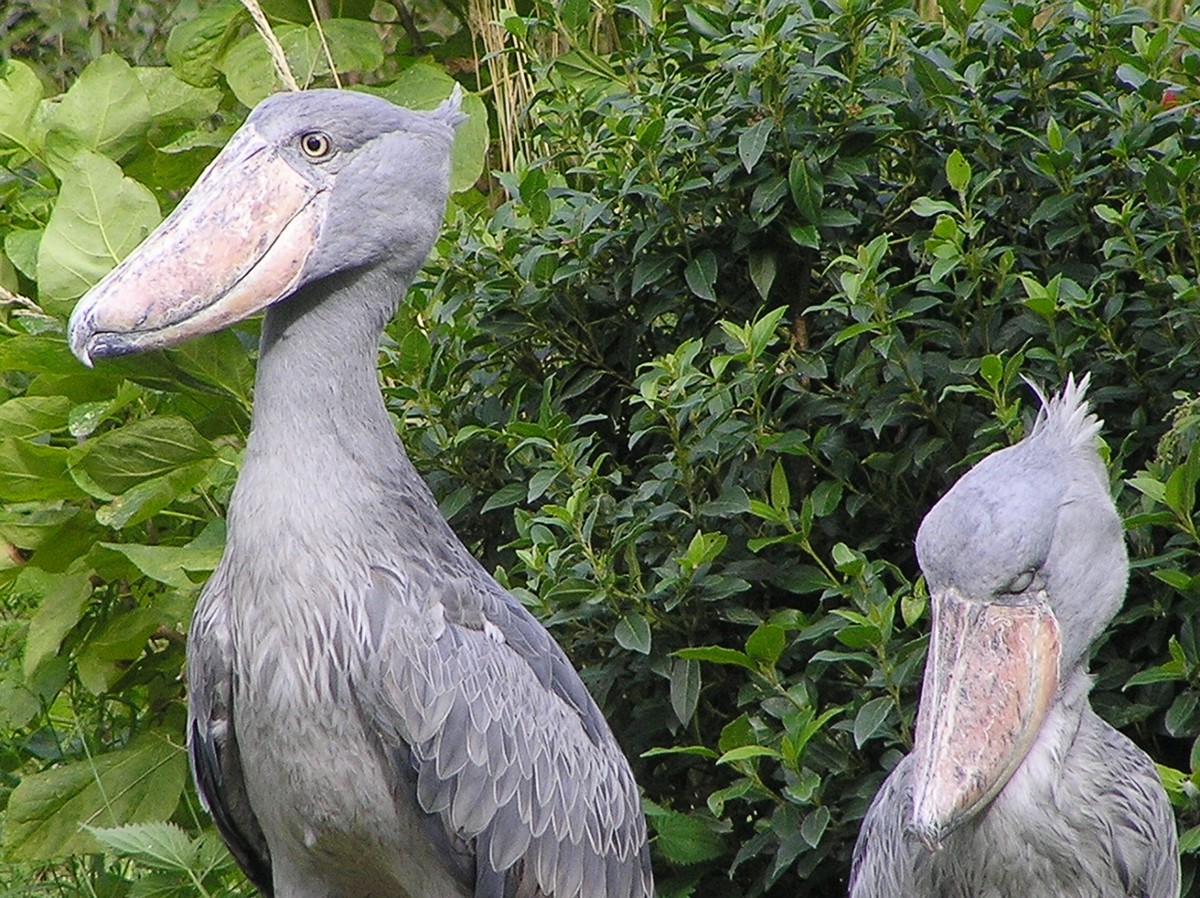
50 Facts About the Shoebill Stork A Large and Strange Bird Owlcation
Shoebill Shoebill Whalehead, Whale-headed stork, Shoe-billed stork 13 languages Kingdom Animalia Phylum Chordata Class Aves Subclass Neornithes Infraclass Neognathae Superorder Neoaves Order Pelecaniformes Family Balaenicipitidae Genus Balaeniceps SPECIES Balaeniceps rex Population size 5,000-8,000 Life Span 35-36 years Weight 4-7 kg lbs Height
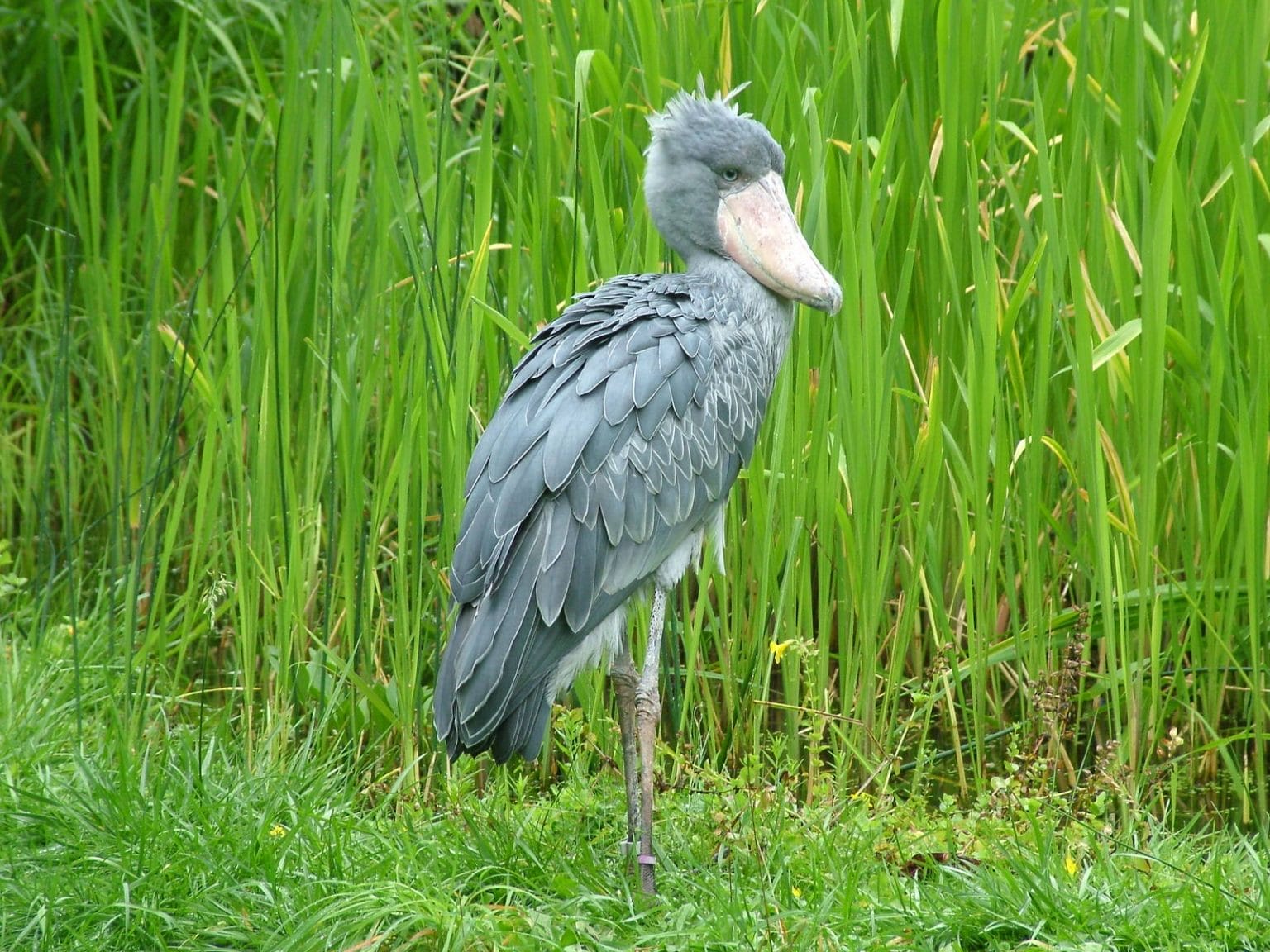
Shoebill Stork Facts, Size, Sound, Habitat, Pictures
The shoebill ( Balaeniceps rex ), also known as the whalebill, whale-headed stork, and shoe-billed stork is a large long-legged wading bird. It derives its name from its enormous shoe-shaped bill. It has a somewhat stork-like overall form and has previously been classified with the storks in the order Ciconiiformes based on this morphology.

5 outstanding facts about the amazing shoebill Shoebill, Shoebill stork, Shoebill bird
shoebill, ( Balaeniceps rex ), large African wading bird, a single species that constitutes the family Balaenicipitidae (order Balaenicipitiformes, Ciconiiformes, or Pelecaniformes ). The species is named for its clog-shaped bill, which is an adaptation for catching and holding the large, slippery lungfish, its favourite food.
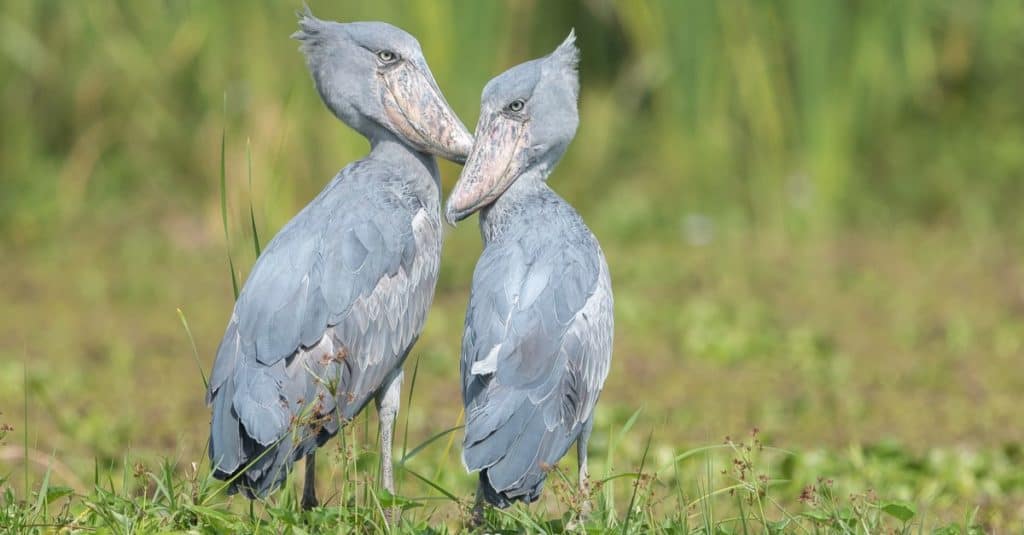
10 Incredible Shoebill Stork Facts AZ Animals
Latin Name: Balaeniceps Rex. The shoebill stork, also known as 'whale beak' or 'whale head' is one of the most jaw dropping sights in the bird world. Standing up to five feet (152 cm, 60in), tall, the shoebill can look intimidating yet it's harmless to most animals. Coated in a gray, blue feathers, and with a tuft of feathers at the.
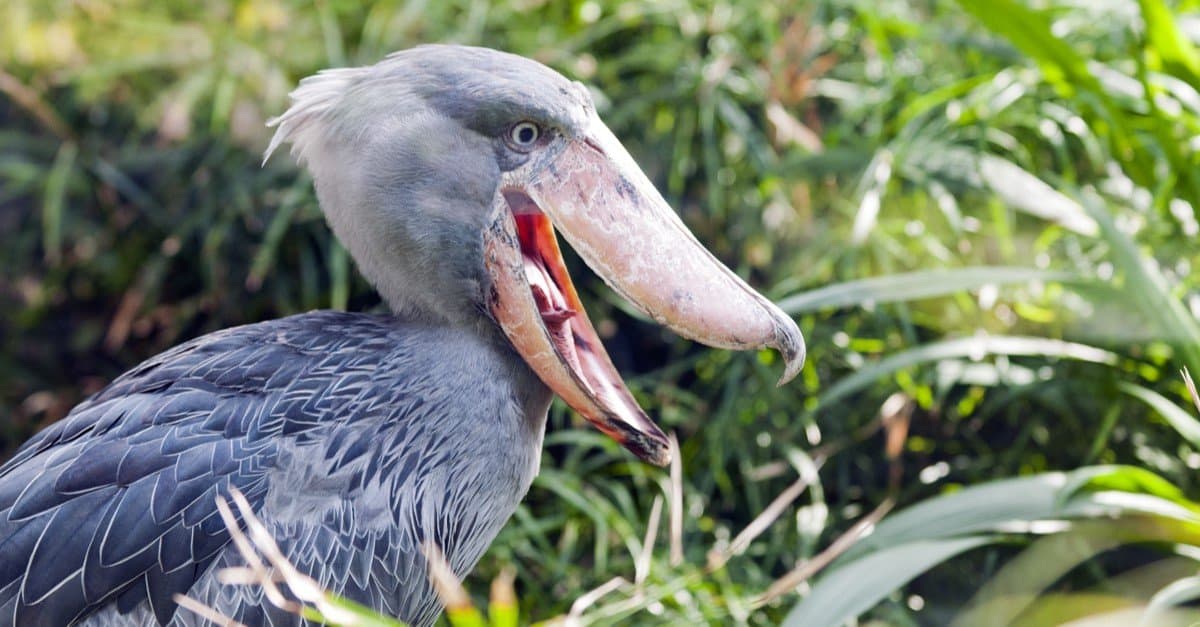
10 Incredible Shoebill Stork Facts
Shoebills. Shoebills are large, prehistoric-looking birds which haunt freshwater marshes and swamps in East Africa, thus fondly referred to by many as the "king of the marshes". There is a single species of Shoebill, Balaeniceps rex, and although they are sometimes incorrectly referred to as a stork, they are more closely related to pelicans.

10 Incredible Shoebill Stork Facts
The shoebill is an extremely tall bird, with long spindly legs, that allows it to stand in the shallows of swamps and on aquatic vegetation, while hunting for food. The shoebill averages between 3.5 - 4.5 feet (1 - 1.4 meters) in height, and weighs between 9 - 15.5 pounds (4 - 7 kg).
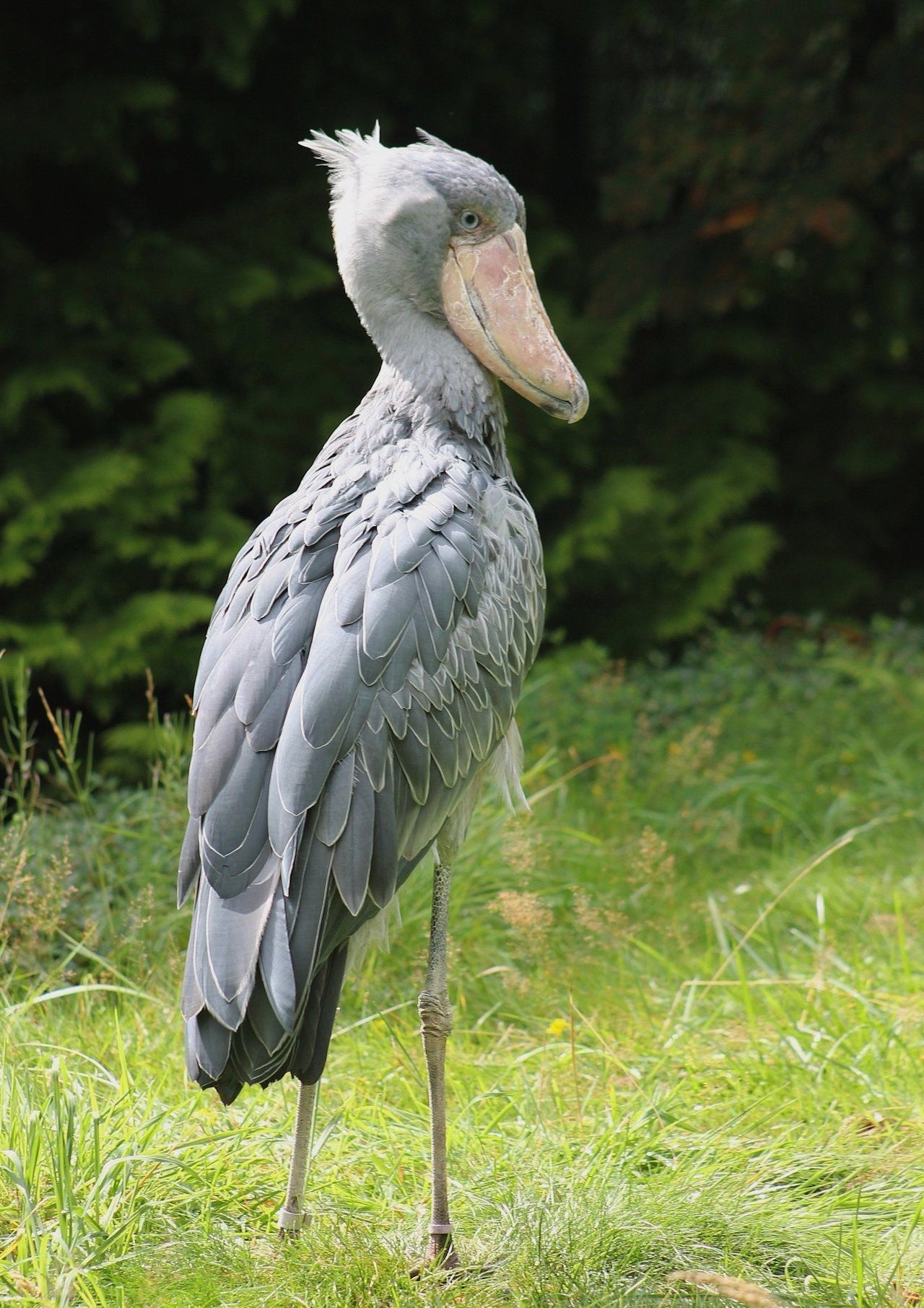
Shoebill Picture Image Abyss
Meet The Shoebill Stork (Balaeniceps Rex) | Drive 4 Wildlife Paradise Wildlife Park 35.4K subscribers Subscribe Subscribed 4.3M views 4 years ago #paradisewildlifepark Subscribe to our channel.

The shoebill stork webhostinglader
Witness the commanding presence of the 𝗦𝗛𝗢𝗘𝗕𝗜𝗟𝗟 𝗦𝗧𝗢𝗥𝗞, an iconic hunter in the wetlands. Marvel at its striking features and unrivaled hunting p.

Shoebill Storks Shoebill stork, Shoebill, Wild animals pictures
2 Diet and Conservation 3 Frequently Asked Questions 3.1 How big are shoebills? 3.2 Can a shoebill fly? 3.3 Where can I see a shoebill stork? 3.4 Are shoebill storks endangered? 3.5 Are shoebills friendly? 3.6 How long do shoebills live? 4 Learn More About the Shoebill Stork Habitat and Size Photo: riverriver/ Depositphotos

Shoebill stork sound universalgaret
Shoebill storks inhabit freshwater swamps and extensive, dense marshes. They are often found in areas of flood plain interspersed with undisturbed papyrus and reedbeds. When shoebill storks are in an area with deep water, a bed of floating vegetation is a requirement. They are also found where there is poorly oxygenated water.
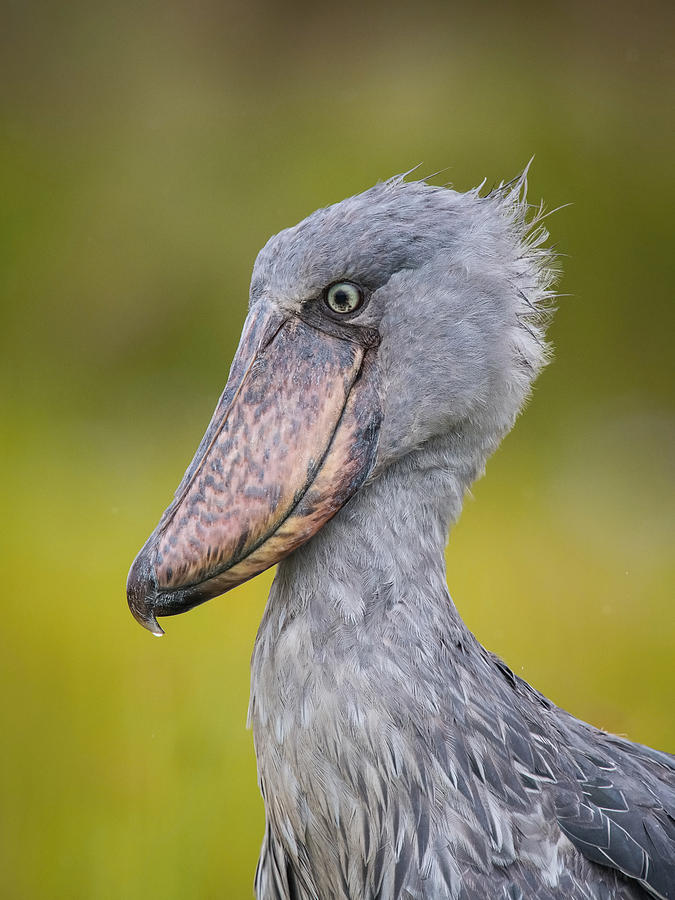
The Shoebill, Balaeniceps Rex Or Shoebilled Stork Photograph by Petr Simon Pixels
Shoebills are large-bodied, sturdy birds. A soothing combination of blue-gray, dark gray, and slate color make up most of its plumage. The belly is white, with some elongated feathers on the breast, with dark, contrasting shafts. It has a small, shaggy nuchal crest and piercing eyes that are yellowish or grayish-white.